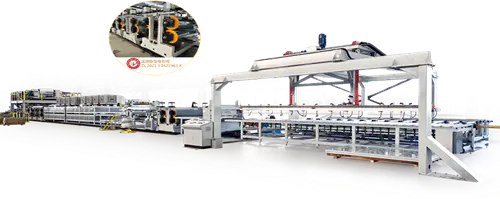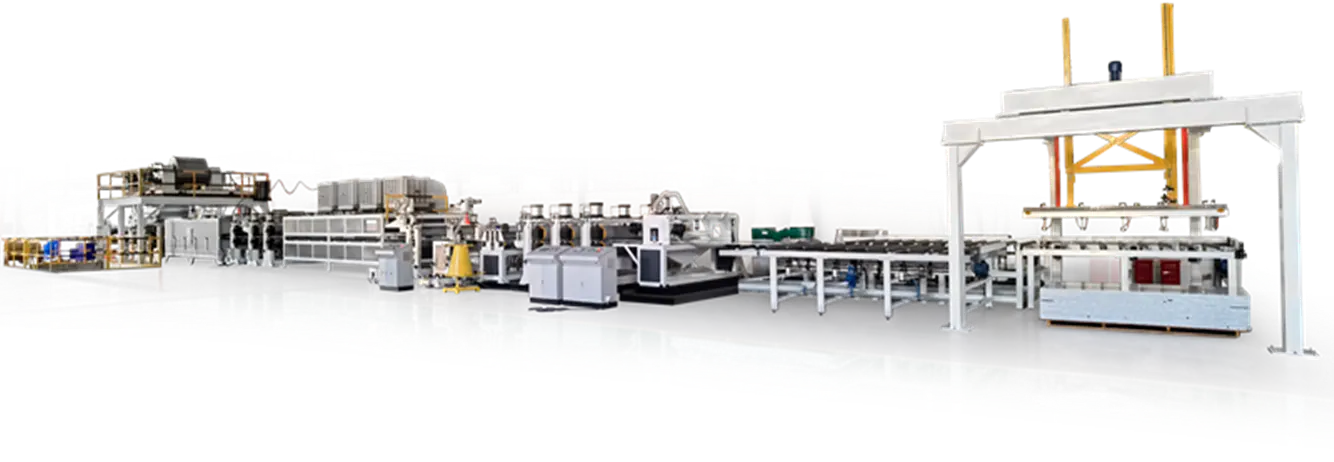In modern construction, energy efficiency has become a key concern as buildings are responsible for a significant portion of global energy consumption. One material gaining popularity for its energy-saving capabilities is the aluminum composite panel (ACP). This lightweight, durable, and versatile material not only enhances the aesthetic appeal of buildings but also plays a critical role in reducing energy usage. The role of the ACP line and the Coil Coating Line in manufacturing these materials is fundamental to ensuring both performance and sustainability.

Aluminum composite materials are primarily composed of two thin aluminum sheets bonded to a non-aluminum core. These panels are produced on an ACP line, a production setup that allows for continuous fabrication of uniform, high-quality panels. This process ensures consistent thickness and strength, which are essential for effective insulation. When used in exterior cladding, these panels help regulate internal building temperatures by reflecting sunlight and less heat transfer. As a result, the need for artificial heating and cooling is significantly reduced, contributing to energy conservation.
Another crucial factor in the energy performance of aluminum composite materials is the surface coating. Panels are often treated on a Coil Coating Line, a continuous process where aluminum coils are cleaned, treated, and coated with protective layers. This process enhances the panels’ resistance to UV rays, moisture, and corrosion while also offering reflective properties that reduce heat absorption. When buildings are clad with panels treated on a Coil Coating Line, they can better maintain indoor temperatures, reducing the workload on HVAC systems.
Thermal insulation is a major benefit of ACPs, and the efficiency of the ACP line contributes significantly to this feature. Modern ACP lines are designed to bond materials with precision, with fewer air gaps that could advance to thermal bridging. The tightly bonded structure improves the panel’s ability to serve as a barrier against external temperatures. As a result, buildings using panels from a well-calibrated ACP line tend to perform better in both cold and hot climates.
Additionally, the environmental benefits of aluminum composite materials go beyond thermal efficiency. The coatings applied via the Coil Coating Line often include low-emissivity (low-e) finishes, which further enhance energy performance. These coatings reflect a greater portion of infrared radiation, keeping interiors cooler without relying heavily on air conditioning. This property, combined with the natural durability and recyclability of aluminum, makes ACPs a sustainable choice for modern buildings.
The manufacturing process itself also contributes to the environmental value of ACPs. By using an efficient ACP line, material waste is lessened, and production speed is increased without compromising quality. Likewise, the Coil Coating Line ensures consistent application of finishes, reducing the need for rework and extending the lifespan of the panels. These factors not only improve the cost-effectiveness of using ACPs but also align with green building standards and certifications.
In summary, aluminum composite materials are making a strong impact in the construction industry due to their contribution to building energy efficiency. The performance of these panels depends heavily on the technology behind their production, specifically the ACP line and the Coil Coating Line. With reflective coatings, advanced bonding, and thermal insulation properties, ACPs are a valuable solution for energy-conscious builders and architects. As the demand for sustainable and energy-efficient buildings continues to grow, materials processed through advanced ACP lines and Coil Coating Lines will play an increasingly important role in shaping the future of construction.

 中文简体
中文简体 English
English Português
Português русский
русский Español
Español عربى
عربى









